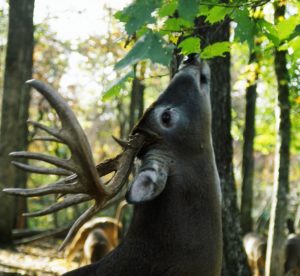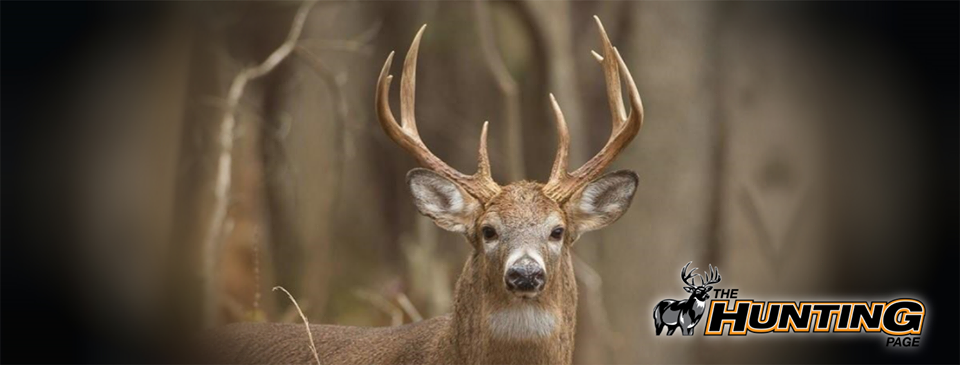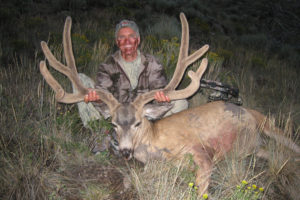Whitetail deer are amazing animals and the antlers on their heads are a crowning glory. Hunters spend many thousands of dollars, travel great distances, and endure freezing temperatures for days on end to get a shot, or not.
A Sign of Age
 If you grew up in a hunting family, age is one of the first things you learned about deer antlers. If it has eight points, that doesn’t mean the animal is eight years old. Although points don’t correspond with age, size and mass often do and most Boone & Crockett bucks are mature age-class animals.
If you grew up in a hunting family, age is one of the first things you learned about deer antlers. If it has eight points, that doesn’t mean the animal is eight years old. Although points don’t correspond with age, size and mass often do and most Boone & Crockett bucks are mature age-class animals.
Why Grow Bone?
Why do members of the deer family grow bone on their head? Ironically, whitetail bucks often lose their headgear in late winter exactly when they need it most. A mature buck that experienced a robust rut is very weak in late winter and is particularly vulnerable to wolves, coyotes, and bobcats during a late snowstorm. Hey Mother Nature– why not drop them on April 21?
Deer Antlers 101
As deer hunters, we love learning about our special prey species, muley or whitetail, almost as much as the chase itself. This post from QDMA covers the basics and some very basic information all deer hunters should know:
Antlers are like the beards on guys at hunting camp – they are secondary sexual characteristics that separate females and males but don’t directly contribute to reproduction. So, why exactly do bucks grow them?
There are four main theories as to why bucks grow antlers. According to noted deer researchers Drs. Steve Demarais and Bronson Strickland from Mississippi State University, writing in the book Biology and Management of White-tailed Deer, the four theoretical functions of antlers are:
https://www.qdma.com/defend-display-duel-antlers-good/#sthash.IDVrwcYo.dpuf



















![The Best Deer Camp Chili [VIDEO] Deer Chili Ingredients, Tomatoes, Chili Spices](/wp-content/uploads/2015/10/Deer-Chili-Deer-Camp-Recipe-218x150.jpg)
![How to Call Elk Early in the Season [VIDEO]](/wp-content/uploads/2016/08/byers003-218x150.jpg)





![Idiots Disturb Hunter: How Would You Have Handled It? [VIDEO]](/wp-content/uploads/2015/10/DSC00110-e1474487693878-100x70.jpg)
![Albino Buck Shocked to Shed His Antlers [VIDEO]](/wp-content/uploads/2015/10/AlbinoDeer-100x70.jpg)